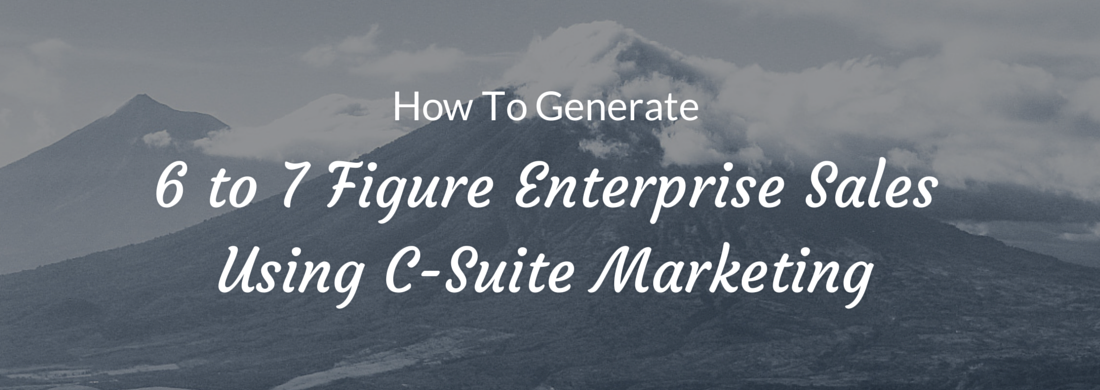
18 Nov How to Generate 6 to 7 Figure Enterprise Sales Using C-Suite Marketing
If you’ve ever run digital advertising campaigns then you’re likely aware of the term hyper-targeting. This is where you can be very specific about who sees your offers, and allows you to present a message that will resonate well with your audience.
When it comes to more complex or high-ticket offerings however, this becomes more challenging. Enterprise sales can bring massive amounts of growth for your company but it usually requires a huge effort in selling to the C-Suite to do so.
The upside is that, when you do land these kinds of deals, they can yield 6 to 7 figures in revenue on the front end instantly. That’s the kind of power C-Suite Marketing has to offer.
In today’s article I’m going to show you some of the core fundamentals of the C-Suite Marketing methodology and how we’ve used it to generate up to 7 figures in sales pipeline for our clients.
Bonus: Download The Definitive Guide to C-Suite Marketing for free to understand the sales psychology behind this methodology.
Step 1: Targeting
Before you can start marketing to the C-Suite you need to know exactly who it is you’re targeting. You need to understand the level of seniority you’re going after, what industry they’re in and profile your ideal company by size, revenue and other criteria.
When targeting the C-Suite it’s usually fairly simple to see what level you should be selling to. If you’re providing a financial service then the CFO is your most likely target. Perhaps your offering helps to drive innovation into your clients’ organisations? The CTO would be the person you need to focus your messaging on.
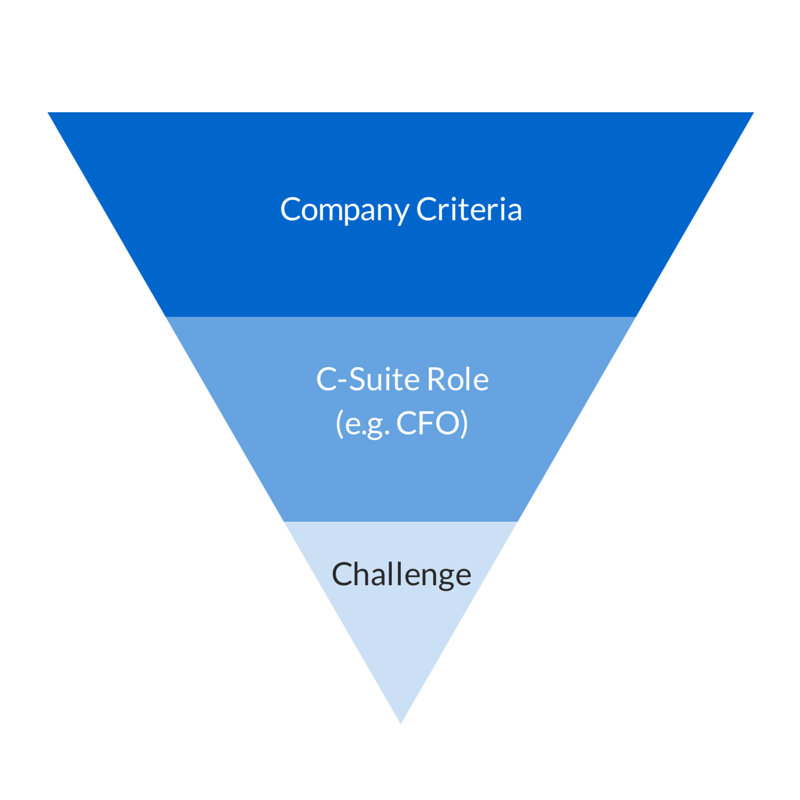
Discovering what their challenges are allows you to align your messaging with their pains. The key here is to build content that helps them move towards fixing these challenges.
By aligning this content with your value proposition, these senior decision makers are more likely to come to the conclusion that your offering is the best solution for them.
We’ll get deeper into how you can create value for your target C-Suite audience in Step 3, but before we do that we need to cover the importance of independence and building an environment as the platform for your C-Suite marketing efforts.
Step 2: Environment
We’ve talked about the importance of independence when marketing to the C-Suite several times before, but it bears enough importance to go into detail here.
When your messaging comes from the perspective of your brand, you lose a large presence in your credibility. The C-Suite spends only 2% of their time with vendors, and they can smell a sales pitch a mile away.
When you come from the standpoint of a “seller” it’s difficult to achieve true credibility because you lack independence. You can overcome this issue by building an independent entity to endorse your message.
The strongest credibility comes from third party endorsements, the clients you work with and the people you partner with. In the B2B marketing space, a popular method is to create publications or set up associations in order to do this.
Our preferred method is creating an independent club platform. It allows us to position our clients as a credible solution to a big business problem, which is the focus of the discussion at these face-to-face club events.
Make no mistake: C-Suite marketing does not mean event marketing. We’re talking about a methodology and sales psychology that makes use of several marketing channels to support it.
You need to understand this methodology in order to succeed in selling to the C-Suite and generating enterprise sales for your organisation.
Now you know the importance of an independent platform for nurturing senior decision makers, it’s time to deliver the value you have promised to deliver.
Step 3: Value
In order to successfully deliver value to the C-Suite you must first understand what they find most valuable. Where most of your marketing efforts are geared towards inbound marketing methodologies and traditional outbound strategies, the C-Suite operates at a more strategic level.
For the C-Suite, valuable content means insight. This comes in the form of statistics, facts and a logical argument that confirms or challenges what they are currently doing or understand.
Top-of-funnel (TOFU) content (such as eBooks and blog posts like this one) do work, but only when you establish a reason for them to get involved in a discussion with you.
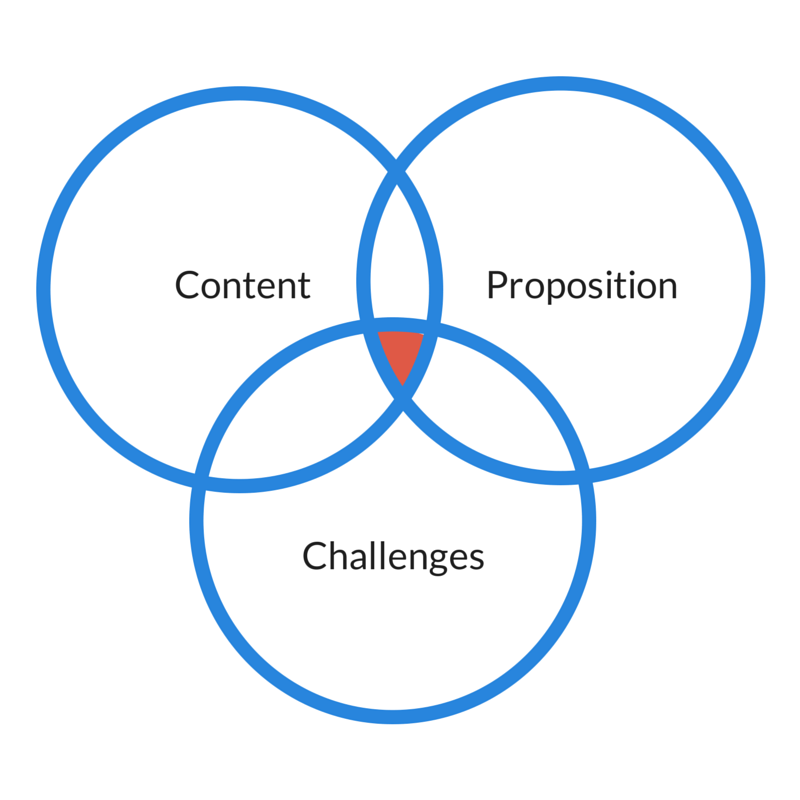
Dig deep into the topic and find a unique angle for your messaging and value proposition. Using a story based upon other credible sources will draw your audience in and allow you to build your own story.
This story builds a compelling, logical argument and leads to the next step of the C-Suite marketing methodology.
Step 4: Trust
Value and trust are two steps to enterprise sales that work hand-in-hand. Senior decision makers are not interested in making friends, going out for dinner or sharing a coffee with you.
They want to know what you can bring to the table. That means your insights, facts and the story for logical argument we talked about before.
You’ve got to begin by investing with your target senior decision makers long before they need what you’re offering. This may sound counter-intuitive, but a business relationships built on trust must begin well before you aim to sell.
This means that you need to sell to the C-Suite all the time. You need a way to stay connected with people, which is what the independent entity will help you achieve.
Using a club platform allows you to stay connected with your target senior decision makers long before they’re ready to engage with you. This shows you’re sincere, you have good intentions and can be trusted.
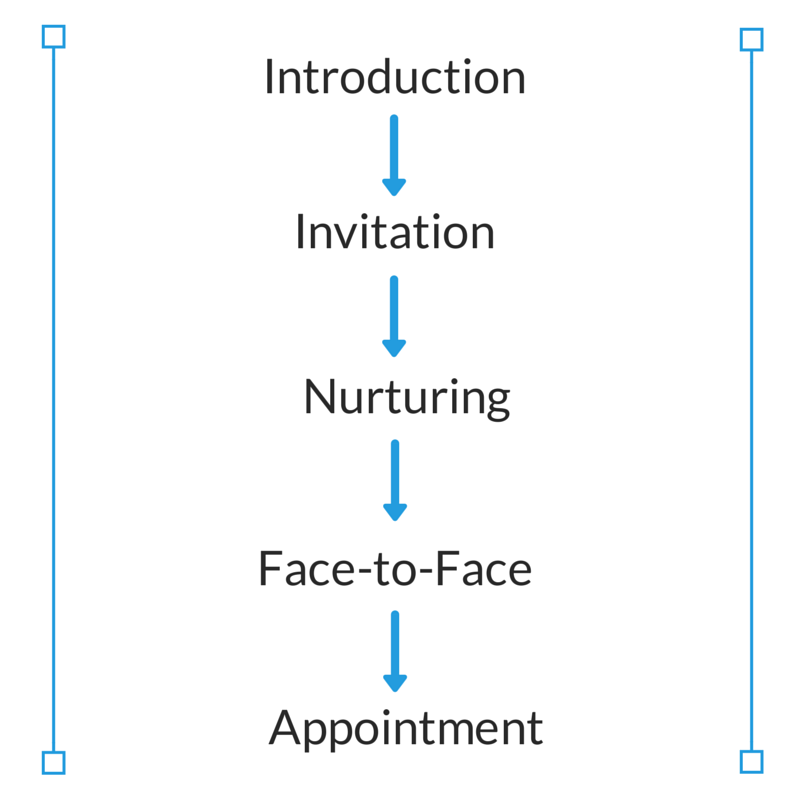
You’re not giving your target senior decision makers a chance to connect with you. How can they trust you if you’re operating on a one-to-many relationship? This goes against everything we’ve talked about so far.
Instead, have one point of contact all throughout the process. The introduction, face-to-face environment, appointment setting and sales process should be guided by one single contact.
Ignore this and information gets lost, the relationship seems shallow & tactical and you put yourself into the “ignore” bucket.
C-Suite executives value relationships that are different and offer a new way of looking at things. They want credible, relevant relationships that can help them with the challenges they face. Trust and confidentiality comes as part of the package.
Step 5: Appointment
You’ve done your research, your targeting is solid and you’ve created an environment that creates content aligned with the challenges your target C-Suite executives face.
You’ve also delivered value and built a strong relationship built on trust. Then, and only then, are you able to present your offering to the C-Suite executives you’ve targeted.
The invitation for an appointment should only occur after you’ve delivered valuable content in a face-to-face setting, which is why the environment platform we talked about in Step 2 is so important.
This follow up can help you find out what they liked about your content, what they gained from it and also allows you to gauge how likely they are to be a fit for your offering.
Once you’ve done this you can ask for the meeting. It’s best to keep it informal and remain focused on their challenges in the first instance. This meeting will allow you to dig deeper into their needs and know exactly how your solution can serve them.
Conclusion
This post has touched briefly on some of the core principles of the C-Suite marketing methodology and how you can apply it to the marketing efforts for your organisation.
In our free eBook, “The Definitive Guide to C-Suite Marketing”, we spill our guts out on the entire process from start to finish, sharing the C-Suite psychology of selling and how to build your own efforts to generate 6 to 7 figures in sales pipeline.
Enterprise sales can be a long game, but it’s a game well worth playing. Start putting these fundamentals in place now and you’ll benefit from it far better in the long run.



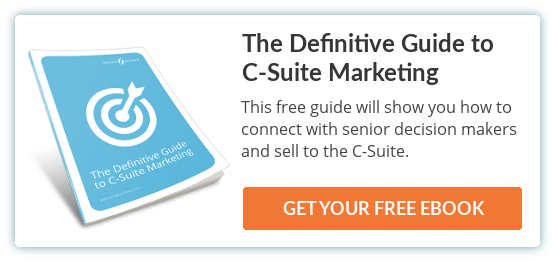
Oleg Campbell
Posted at 06:59h, 26 DecemberThanks for such a great article!
Especially the C-Suite marketing guide you have.
Gary Wellington
Posted at 07:52h, 26 JanuaryWhat a useful article! I agree with you – targeting is always important in all forms of marketing, not just email marketing (but even more so!). If you are looking to build a targeted email list for email prospecting, I hope you can have a look at a tool I co-developed at http://www.salesripe.com